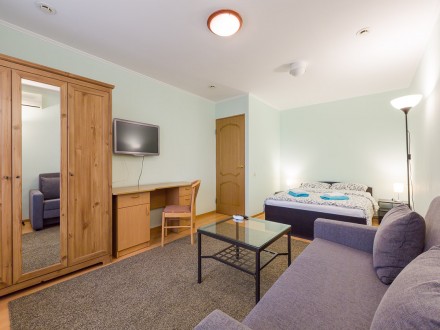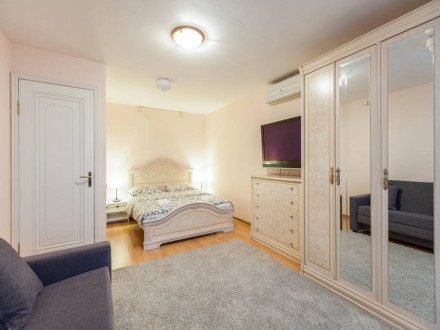Architectural masterpiece by Lev Kekushev
Not far from the Old Arbat is the mansion of List – building, which is considered the architectural heritage of Russia. The house once belonged to Otto List and later, having changed several owners, retained the name of the first owner-entrepreneur.
Amazing mansion
The author of this architectural masterpiece – Lev Kekushev, nicknamed the progenitor of the capital's Art Nouveau. The mansion in Glazovsky Lane was conceived by Kekushev as a house that would belong to him and his family. The construction was marked by the laying of the first stone in 1898, and in less than a year it was completed. In addition to the building, sheds, living quarters for servants and a stable were built in the yard.
The cladding of the house was made using Borovichi bricks, and Tarusa marble was used for decorative finishing. The building is equipped with a corner balcony and decoration in the form of a mosaic picture, which depicts an amazing underwater world. The author of this panel – W. Walcot.
Square of the mansion – 391 sq.m. The architect placed the living quarters near the main staircase, while the basement was occupied by a boiler room, rooms for staff, a kitchen, and a cellar. On the first floor, according to Kekushev's idea, they arranged a living room, a personal office, a buffet and a dining room. On the second floor – apartments for visitors, servants and a balcony.
From the inside, the house was finished quite richly: thanks to the expensive materials used for decoration, the cost of the mansion increased several times. Kekushev began to receive interesting requests for the sale. At that time, Otto List offered the largest sum for the mansion. He paid 20,000 rubles for the plot alone, not to mention the amount for the building, which at that time was estimated at 100,000 rubles.
An interesting fact: the mansion was built by Lev Kekushev, named after the buyer – Otto Liszt, but gained fame and became the capital's center of artistic and musical creativity during the reign of his new owners – Natalia Koussevitskaya and her husband, conductor Sergei Koussevitzky.
End of a cultural era
The golden era of the mansion was interrupted with the outbreak of the First World War. The Koussevitzkys could no longer support their home, so they had to move to a more modest dwelling. The mansion was sold to the industrialist Alexei Meshchersky, who did not live there for long. In 1918 he was arrested, and after his release he left Russia forever. Until 1919, servants of the Meshcherskys lived here.
A little later, the architectural structure was nationalized, now a library was located within its walls, and the name of the mansion was constantly changing. It was only in 1992 that the building was recognized as an object of cultural heritage at the federal level.
Architectural masterpiece today
Today, anyone can admire the famous building from the outside. It is almost impossible to get inside the building, as it houses an institution of government agencies. Access to the territory is also closed. However, you can enjoy the view from the opposite side of the street. From there, amazing decorations of window openings, a corner of the mansion and a mosaic panel with the underwater world open up.








